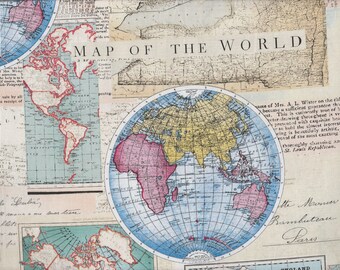
For instance, a notable mapless book is The Hunger Games, in which although we are told much about Panem, no map showing the location of the 12 Districts and the Capitol is provided. Nevertheless, many readers prefer to be able to craft these imaginary lands within their own heads. The Hundred Acre Wood is also an example of where authors use the world around them for inspiration, being based on the actual Five Hundred Acre Wood in Ashdown Forest, close to Milne’s Sussex home, showing the unique ability of maps to tie both the real and the imaginary together. Supposedly drawn by Christopher Robin himself, the map includes a number of spelling and grammatical errors - “Rabbits frends and raletions” being one notable example - all of which only serve to endear Christopher Robin and his woodland pals to us more. I have always loved finding maps within books, and without a doubt, one of my favourites is that of the Hundred Acre Wood, included in AA Milne’s Winnie the Pooh. The map given to Bilbo by Gandalf in JRR Tolkien’s The Hobbit proved instrumental in helping Bilbo on his quest Photograph: Warner Bros/AFP/Getty Images
Acta cartographica fictional maps how to#
Without them, how could we possibly know the layout of Oz or Middle Earth, or how to travel between Winterfell and Mereen?


By showing us the shape of the land, beautiful forests and daunting mountain ranges, they build on our imagination, encouraging us to go beyond the words themselves and inviting us into these fictional lands presented right before our very eyes.Īll books inevitably take place “somewhere”, and so maps can help us to place these fictional somewheres somewhere, and thus better understand the books setting, time and place.

Not only do they provide us with further supplementary information to complement the story, but maps also have the potential to provide gateways to the imaginary lands which may otherwise only exist within our imaginations. But why are maps so useful when employed in literature, and in particular in children’s books? Much like the novels themselves, maps too tell stories, and so writers increasingly employ them within their books as a way to go beyond the words themselves.


 0 kommentar(er)
0 kommentar(er)
